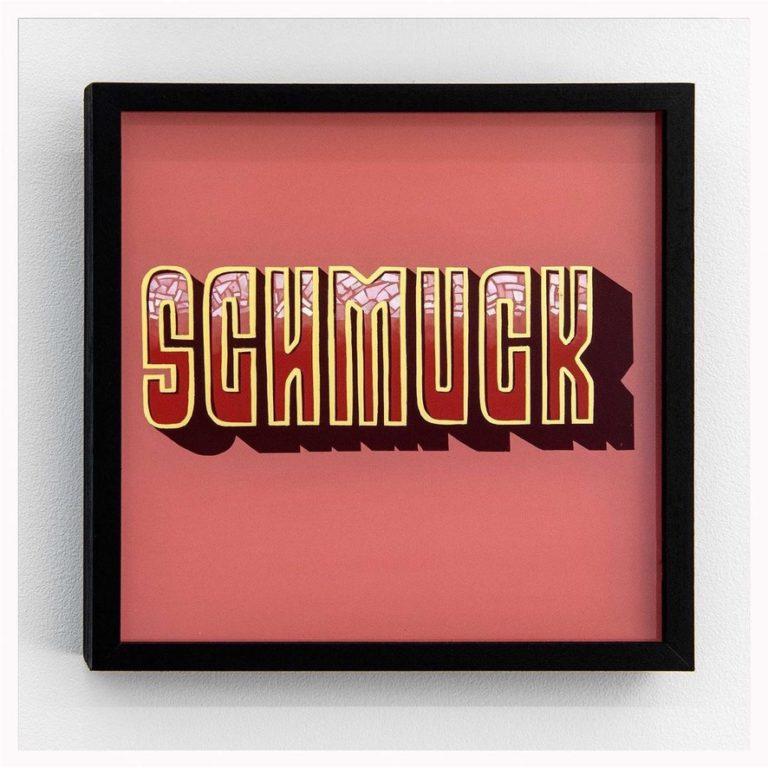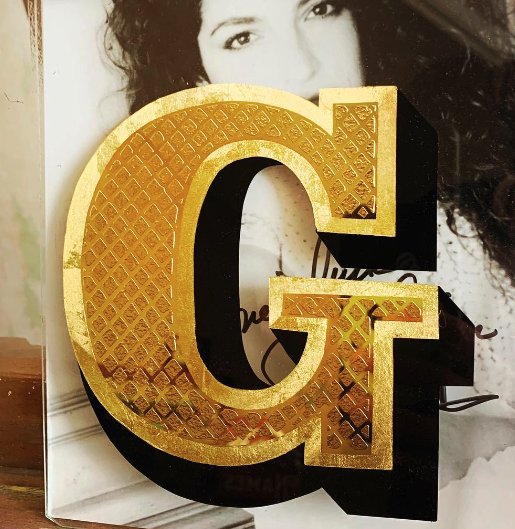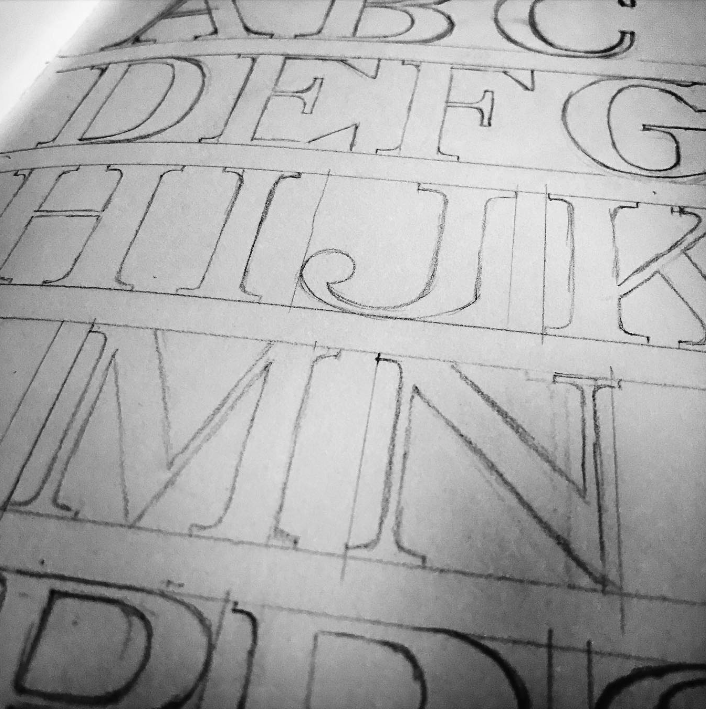
Hand-painted signs
The commercial signs of yesteryear, all painted by hand, offer a kind of beauty, personality, and longevity that today’s industrial and vinyl signs have been unable to duplicate. Mia is one of only 300 traditional sign painters in the UK with a background in the arts and graphic design who can take your ideas from a spark to a final enduring hand-painted sign.
A hand-painted sign is a one-of-a-kind invitation that speaks volumes about the establishment, the people behind it and the products inside.
Ideal for shop facias, fanlights, vehicles house numbers, or any other statement that belongs on a wall, window or sign.



